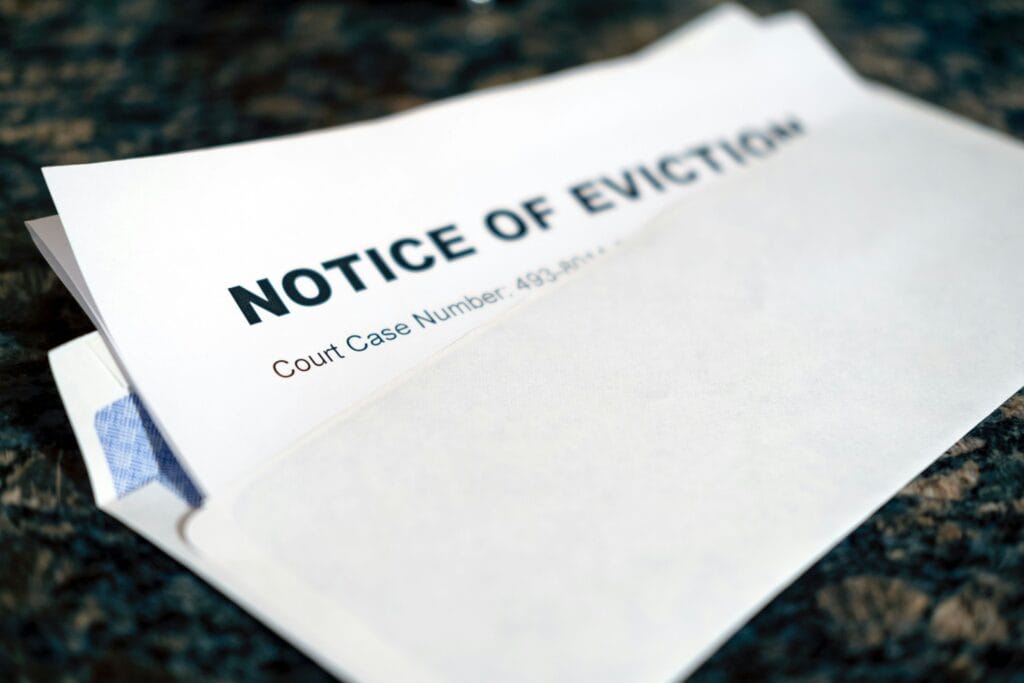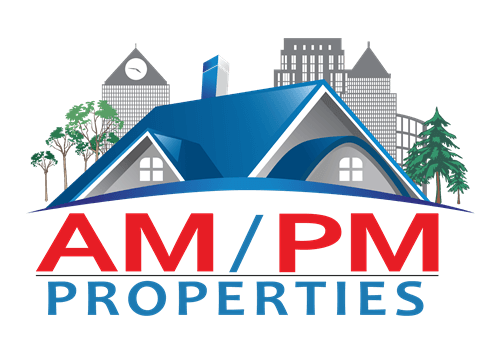Dealing with a tenant who isn’t paying rent is stressful. In Alberta there’s a clear, legal process you must follow — shortcuts (like changing locks or removing belongings) are illegal and can make things much worse. Below is a plain-English, step-by-step guide to the lawful eviction process for non-payment, practical tips to protect your income while you act, and exactly how AM PM Properties supports owners at every step.
Quick legal note: This article summarizes the standard RTDRS / RTA process in Alberta. It’s general information, not legal advice. For complex cases consult a lawyer or the RTDRS.
The essentials up front (what the law expects)
- If rent is unpaid, a landlord must serve a written notice to terminate (commonly a 14-day notice for non-payment) that includes required details (amount owed, address, termination date, and a statement that the tenancy will not be terminated if the tenant pays the overdue rent on or before the termination date).
- If the tenant does not pay or vacate by the termination date, the landlord applies to the Residential Tenancy Dispute Resolution Service (RTDRS) for termination and/or an order for unpaid rent.
- Landlords must not lock out tenants, remove possessions, or use threats or force — enforcement requires an order and, if necessary, civil enforcement (bailiff/sheriff).

Step-by-step: How to lawfully evict a non-paying tenant in Alberta
1) Confirm the arrears and your lease terms
- Double-check your ledger: rent due date and payments received.
- Confirm the tenancy type (fixed term vs periodic) and any written payment arrangements.
AM PM help: we maintain accurate rent ledgers and timestamps, making the “who paid what and when” record airtight for any notice or RTDRS filing.
2) Serve a proper written Notice to Terminate for non-payment
- Prepare a written 14-day notice for non-payment (or the statutory notice required by Residential Tenancy Act- RTA). The notice must: be in writing, give the rental address, be signed by the landlord/agent, state the rent due (and any additional amounts that will become due in the notice period), explain the reason and the date tenancy ends, and say the tenant can stop termination by paying all arrears by the termination date.
- Serve the notice correctly — follow the service rules (personal delivery, posting, or mail as appropriate) and keep proof (photo of posting, courier receipt, witness details).
AM PM help: we draft the legally compliant notice, deliver it correctly, and log evidence of service to prevent procedural challenges.
3) Wait the notice period — but keep documenting
- The tenant has the notice period to either pay all outstanding rent (and stop the termination) or to vacate. If they pay in full by the deadline, the notice is void. If not — next step.
- During this time continue to document communications, missed payments, returned cheques, damages, and any other breaches.
AM PM help: we maintain a running audit trail (emails, texts, ledger, photos) that strengthens an RTDRS application.
4) Apply to RTDRS if tenant does not comply
- If the tenant stays and does not pay, file the Landlord’s Application for Termination of Tenancy and Unpaid Rent with RTDRS. Attach the lease, notice copies, rent ledger, photos and any written communication.
- RTDRS schedules a hearing (often virtual). Both parties present evidence; the RTDRS issues an order which may include termination and an order for arrears.
AM PM help: we prepare and file the RTDRS application, assemble evidence, and represent or attend the hearing on your behalf—saving you time and representing your interests professionally.
5) If the tenant still won’t leave, get the order enforced
- An RTDRS or court order must be enforced through the appropriate civil enforcement office (sheriff/bailiff). Landlords cannot enforce eviction themselves.
AM PM help: we coordinate enforcement, arrange bailiff attendance, and manage inventory and property turnover after lawful repossession.
6) Recover unpaid rent and move quickly to re-rent
- The RTDRS order may include monetary judgments. You can use those orders to collect outstanding rent (through payments, garnishment, or collections). If tenant is gone, start re-marketing the unit immediately to reduce vacancy loss.
AM PM help: we can recommend collection agencies, and execute rapid re-leasing with professional marketing and screening to minimize downtime.
How AM PM Properties specifically helps you — from prevention to enforcement
1. Prevention & screening: we reduce the risk of non-payment by vetting tenants thoroughly (credit, employment, references), checking income stability, and using application scoring that weeds out high-risk applicants.
2. Clear leasing & documentation: our leases and move-in reports are legally drafted and defensible; timely inspections spot issues before they become disputes.
3. Fast, compliant notices: we prepare and serve legally compliant notices (with proof) so your case stays on solid procedural ground.
4. RTDRS expertise: we file applications, bundle evidence, and represent you at hearings. Landlords who come prepared have much better outcomes.
5. Coordination of enforcement: if a removal order is granted, we coordinate with civil enforcement so repossession is lawful and efficient.
6. Recovery & re-leasing: we pursue arrears collection and relist the unit immediately, using our marketing reach and screening processes to find a qualified replacement quickly.
7. Optional protections: ask about our Rent Guarantee Program (available to qualifying owners) which can reduce your exposure to missed rent.
Timeline example (typical)- Based on our experience
Day 0 — rent missed; landlord issues 14-day notice.
Day 14 — tenant hasn’t paid; landlord files RTDRS application.
Day 21–40 — RTDRS hearing scheduled and held.
Day 45–60 — RTDRS issues order (if landlord successful).
Day 60+ — civil enforcement scheduled; physical eviction and repossession if tenant still refuses to leave.
(Timelines vary with caseloads, tenant objections, and whether the tenant pays during the process.)
Evicting a non-paying tenant in Alberta is a legal process that must be followed precisely. When you work with AM PM Properties you get a partner who knows the rules, reduces your risk, and handles the paperwork, hearings, and enforcement so you don’t have to lose sleep over missed rent.
If you’re facing non-payment now, or you want to prevent it in future, get in touch—we’ll review the situation, explain options (including repayment plans, notices, or RTDRS filings), and act quickly to protect your investment.
Need expert help with your rental property? Contact AM PM Properties — Calgary’s trusted property management team. Phone: (587)832-5000 | Email: legal@ampmproperties.ca | www.ampmproperties.ca


